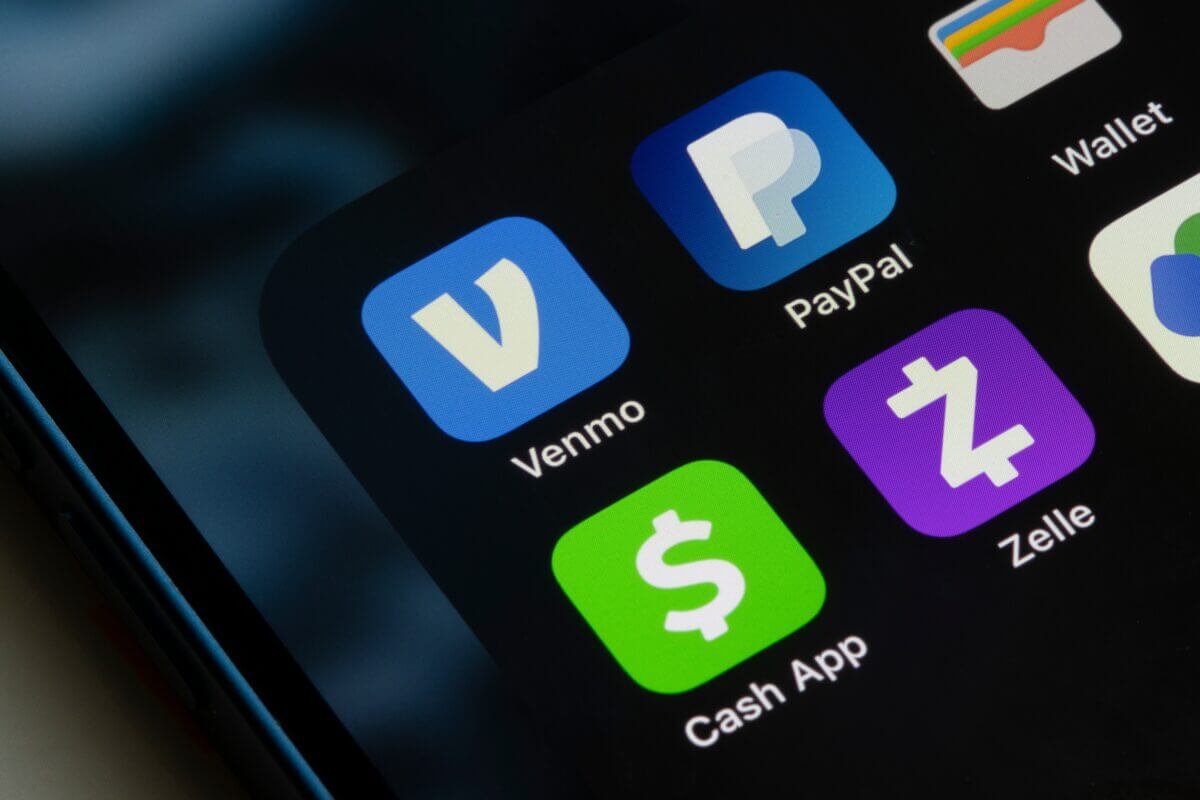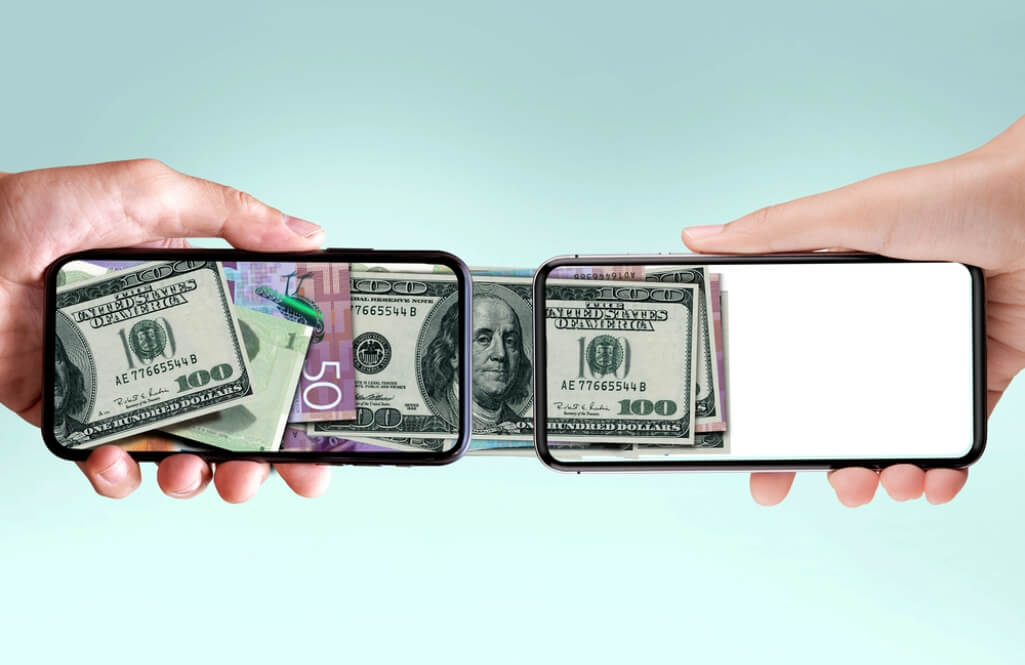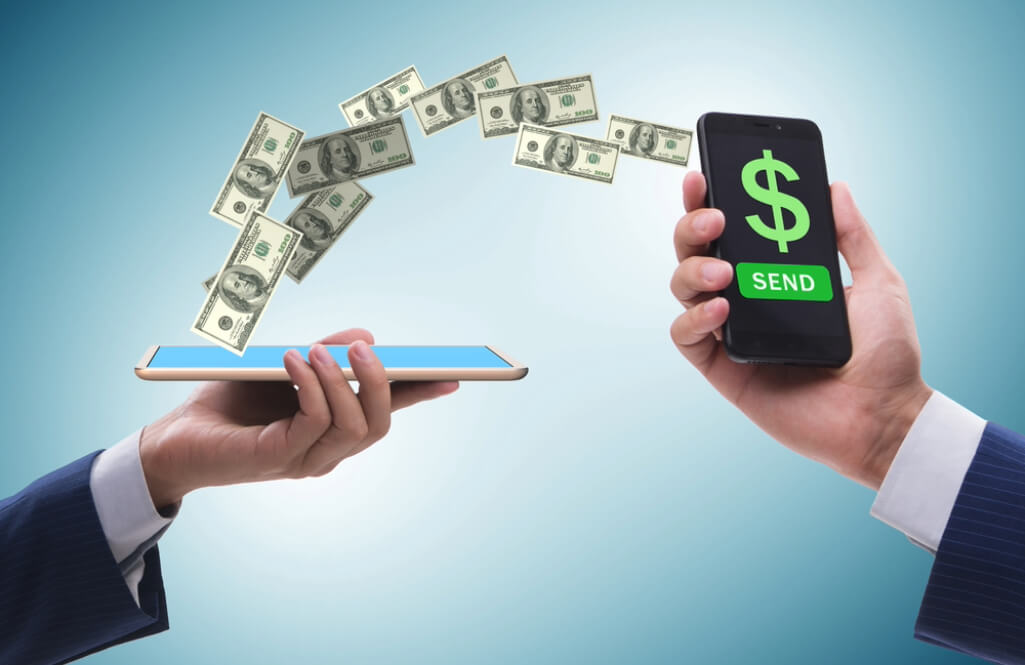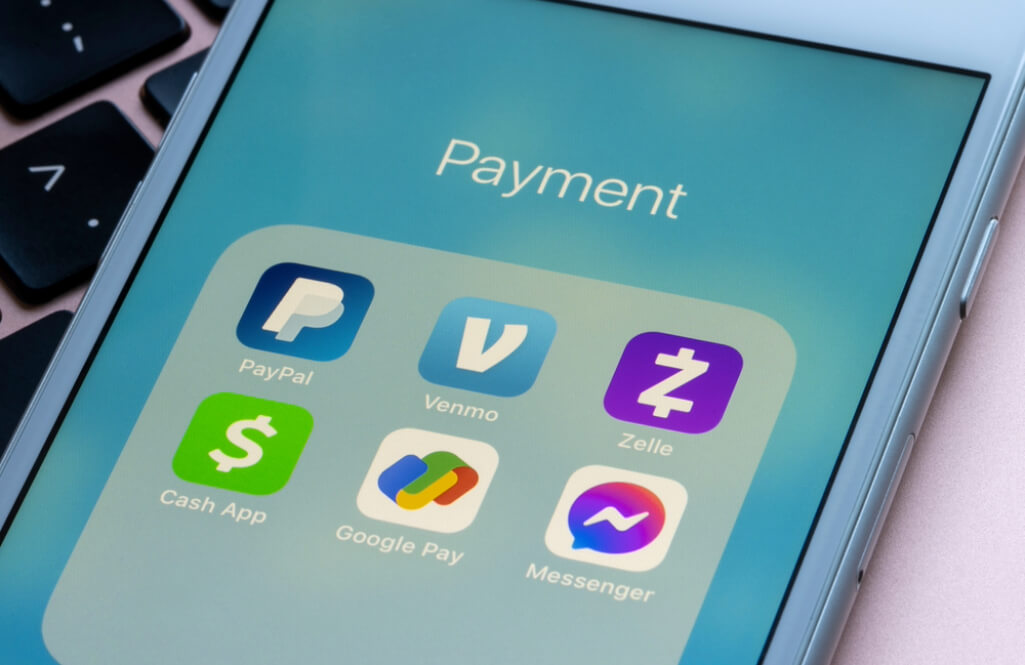
Cash App vs Venmo – Side-by-Side Comparison
Cash App and Venmo are two of the most popular peer-to-peer payment platforms available today. They offer users convenient ways to send and receive money digitally. While they share many similarities, they also have distinct features and functionalities that set them apart.
It is vital to take into account numerous factors when it comes to Cash App vs Venmo.
This comparison will explore what Cash App and Venmo have in common and what distinguishes them.
Digital payments apps
First, it is a good idea to gather more information about digital payment apps, specifically Cash App vs Venmo.
Money transfer and digital payment apps have revolutionized the way people send and receive money, offering convenient and secure alternatives to traditional methods like cash or checks. These apps allow users to transfer funds electronically, often with just a few taps on their smartphones. Here are some key aspects and benefits of money transfer and digital payment apps:
Convenience: Money transfer and digital payment apps provide unmatched convenience, allowing users to send or receive money anytime, anywhere. With just a mobile device and an internet connection, users can initiate transactions within seconds, eliminating the need for physical visits to banks or ATM withdrawals.
Speed: These apps offer near-instantaneous transfers of funds, enabling recipients to access the money within minutes or even seconds in some cases. This speed is particularly advantageous for urgent payments or when immediate access to funds is required.
Accessibility: Money transfer and digital payment apps are accessible to a wide range of users, including those without traditional bank accounts. By simply downloading the app and linking a bank account or debit card, individuals can participate in the digital economy and enjoy the benefits of electronic transactions.
Security: Security is a top priority for money transfer and digital payment apps. These platforms employ robust encryption technologies to protect users’ financial information and transactions from unauthorized access or fraud. Additionally, many apps offer additional security features such as PIN codes, biometric authentication, and transaction alerts to enhance user protection further.
Cost-effectiveness:

Compared to traditional methods like wire transfers or cashier’s checks, money transfer and digital payment apps often offer lower fees or even free transactions for standard transfers between users. This cost-effectiveness makes them an attractive option for individuals and businesses looking to save on transaction fees.
Additional features: In addition to basic money transfer functionalities, many digital payment apps offer a range of additional features and services. These may include options for splitting bills, requesting payments, setting up recurring payments, integrating with digital wallets or cryptocurrencies, and even investing in stocks or other assets.
Global reach: Some money transfer apps provide international money transfer services, allowing users to send funds across borders easily. These services often offer competitive exchange rates and lower fees compared to traditional remittance methods, making them a preferred choice for international money transfers.
Cash App vs. Venmo (common features):
Now, we can focus on Cash App vs Venmo.
Peer-to-peer payments: Both Cash App and Venmo allow users to send money to friends, family, or anyone else with an account on the platform. This feature is the core functionality of both apps and forms the basis of their popularity.
Mobile apps: Cash App and Venmo are primarily mobile applications available for download on both iOS and Android devices. Users can conveniently access these apps from their smartphones or tablets, making it easy to send or request money on the go.
Bank account linking: Users can link their bank accounts or debit cards to both Cash App and Venmo, facilitating seamless transfers of funds between their bank accounts and the app. This feature simplifies the process of adding money to their digital wallets or withdrawing funds to their bank accounts.
Security measures: Both platforms prioritize the security of users’ financial information and transactions. They employ encryption technologies to protect sensitive data and offer features like PIN codes, Touch ID, or Face ID authentication for added security.
Social features: Cash App and Venmo incorporate social elements into their platforms, allowing users to add comments, emojis, or notes to their transactions. This feature adds a layer of personalization and facilitates communication between users when sending or receiving money.
Instant transfers: Both Cash App and Venmo offer options for instant transfers, allowing users to access their funds immediately for a small fee. This feature is particularly useful when users need to make urgent payments or want quick access to their money.
Points of Differentiation:

Fees: While both Cash App and Venmo offer free standard transfers between users’ bank accounts and the app, they differ in their fee structures for certain transactions. Cash App charges a fee for instant transfers, while Venmo offers free instant transfers for eligible debit cards but charges a fee for instant transfers using credit cards or non-supported debit cards.
Payment limits: Cash App and Venmo have different limits on the amount of money users can send or receive within a specified time period. These limits may vary depending on factors such as account verification status and transaction history.
Cash Card vs. Venmo Card
Cash App offers users the option to apply for a Cash Card, a customizable debit card linked to their Cash App account. The Cash Card allows users to spend their Cash App balance at retail stores or withdraw cash from ATMs. In contrast, Venmo offers the Venmo Card, which functions similarly to the Cash Card but is linked to users’ Venmo accounts instead.
Investing and Bitcoin: Cash App distinguishes itself by offering additional features such as the ability to invest in stocks and purchase Bitcoin directly within the app. These features provide users with opportunities to grow their wealth and explore alternative investment options. Venmo, on the other hand, does not currently offer comparable investment or cryptocurrency functionalities.
Integration with businesses: Venmo has integrated features that cater to businesses, allowing merchants to accept payments directly through the Venmo app. This feature enhances Venmo’s versatility as a payment solution for both personal and commercial transactions. Cash App, while primarily focused on peer-to-peer payments, also offers a Cash for Business service but may not have the same level of integration and features tailored specifically for businesses as Venmo does.
User interface and design: While both Cash App and Venmo prioritize user experience, they have distinct interface designs and visual aesthetics. These differences may appeal to different user preferences and contribute to the overall user experience on each platform.
Other competitors
Apart from Venmo, Cash App faces competition from several other digital payment platforms that offer similar services and functionalities. Some notable rivals of Cash App include:

PayPal: As one of the pioneers in the digital payment industry, PayPal offers a wide range of services, including peer-to-peer payments, online purchases, and merchant transactions. With its extensive user base and global reach, PayPal is a formidable competitor to Cash App.
Zelle: Developed by a consortium of major banks in the United States, Zelle provides a convenient way for users to send money directly from their bank accounts to recipients’ bank accounts. Its integration with many major banking apps makes it a convenient alternative to Cash App for bank-to-bank transfers.
Google Pay: Google Pay allows users to send money to friends and family using their smartphones. With its seamless integration with Google services and widespread adoption, Google Pay poses a significant challenge to Cash App in the mobile payment space.
Apple Pay: Apple Pay enables users to make secure payments in stores, online, and within apps using their Apple devices. While primarily focused on contactless payments, Apple Pay also offers person-to-person transfers, competing directly with Cash App’s mobile payment capabilities.
Square’s own Square Cash: Square, the company behind the Cash App, also offers its own Square Cash service, which provides similar functionalities for sending and receiving money.
In conclusion, while Cash App and Venmo share many common features, such as peer-to-peer payments, mobile apps, and security measures, they also have distinct characteristics that set them apart. Understanding these similarities and differences can help users choose the platform that best aligns with their preferences and financial needs.
Whether users prioritize features like fee structures, investment opportunities, or integration with businesses, both Cash App and Venmo offer versatile solutions for digital money transfers and payments.




